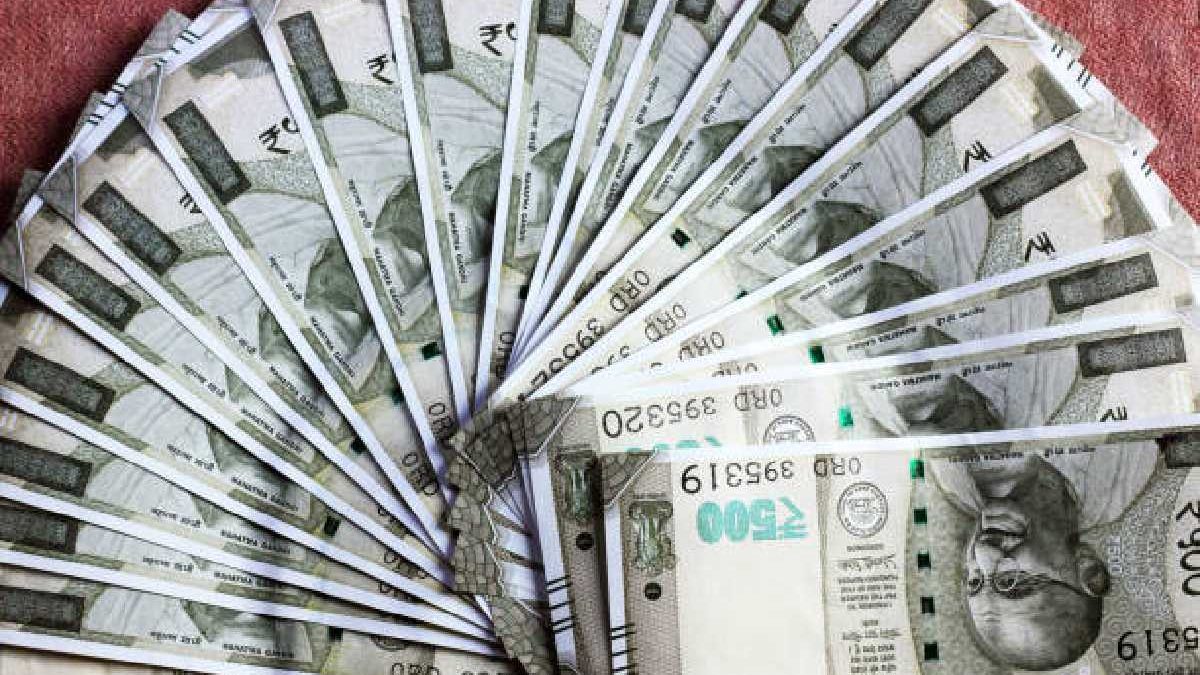Table of Contents
What are Capital Expenditures?
Capital Expenditures are money used to buy, maintain, or improve fixed assets such as equipment and property. Capital expenditures are included in the statement of cash flows and can remain calculated using information from a company’s balance sheet and income statement.
CapEx includes any costs related to the purchase or maintenance of the asset, including legal expenses related to the acquisition, equipment delivery costs, and interest incurred on construction.
It is significant to note that capital expenditures are not related to the owner’s capital account. While equity relates solely to the owners, CapEx relates strictly to the business.
Capital Expenditure Formula
However, Capital expenditures calculate using property, plant, and equipment (PP&E) costs and currency depreciation.
Capital Expenditure = Change in PP&E + Current Depreciation
The change in PP&E calculates by subtracting the prior period property, plant, and equipment costs from the current period amount. These data can stay found in the balance sheet. The current depreciation can remain found in the profit and loss statement of the company.
Capital Expenditure Example
John ran a small marketing company and bought an office when he started the business. After a few years, the company had gained several clients, which meant that John needed to hire more employees. As a result, John decided to buy the office next door to make room for the new hires. This office is currently in use by another company.
Since the office is currently in use by another company, it would not be considered a fixed asset put into use for the first time. However, since the expense improves the original capacity of the office, it would be viewed as a capital expense. Since the expansion of the original office creates opportunities for more employees and the valuable life of the new asset is longer than one year, the costs related to this project can remain recorded as capital expenses.
Difference between Capital Expenditures and Income
Capital expenditures are costs related to fixed assets that expect to be useful to a business over a long time (usually more than one year), such as property or machinery. These are not normal, recurring costs over an extended period but generally significant expenses to grow the business.
On the other hand, income expenses are costs related to normal business operations such as rent, utilities, payment of wages, printing, etc. Therefore, capital expenditures are for long-term assets, while income expenditures are generally recurring operating expenses for the short-term.
According to the Business Dictionary, capital expenditures expenses incurred to acquire or upgrade productive assets. These assets can include buildings, equipment, vehicles, and machinery. The purpose of capital expenditure is to increase a company’s productivity for more than one accounting period.
Upgrades and Repairs
Real estate, computers, and vehicles have a useful life of several years and therefore qualify as capital expenditures. Expenses that extend the useful life of an asset can also remain considered capital expenses. For example, installing air conditioning in a facility adds value to the property for more than one year. The expense can remain depreciated for more than 39 years for tax purposes. However, if the air conditioning system needs to stay repaired, it will remain considered a repair or maintenance expense and not a capital expense.
Types
According to the Tax Guide, some capital expenditures allowed by the Internal Revenue Service (IRS) include asbestos removal, installation of burglar alarms, zoning costs that increase the property’s value, and fire escapes. Less substantial capital expenditures such as author publishing costs and appraisal costs allowed to purchase a property.
Expense Deduction
According to the IRS, some capital expenses must remain depreciated over a specified number of years. Others can stay taken as a business expense deduction (section 179) in the year the expenditure incurred: bonus depreciation and increased limits offered to business owners through the Recovery and Reinvestment Act of 2009. Bonus depreciation includes a 50 percent depreciation allowance and a 179 deduction of up to $ 250,000 per the cost of machinery, equipment, furniture, and vehicles that have entered service in the previous year.
Also Read: Digital Revolution in Medical Research: Leveraging Technology for Groundbreaking Discoveries

